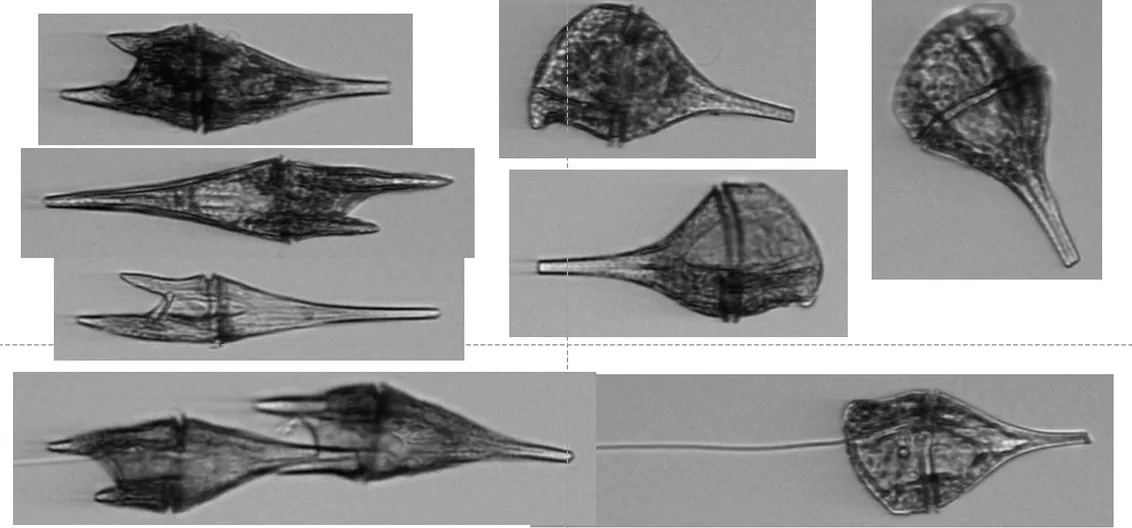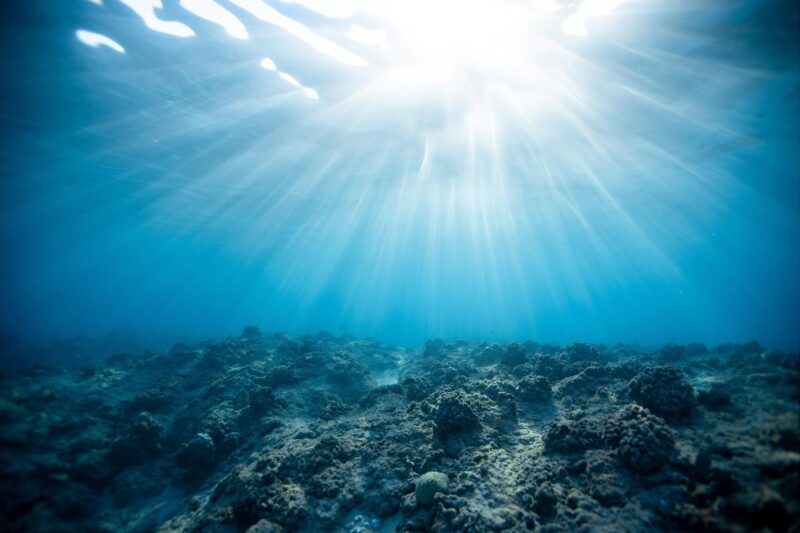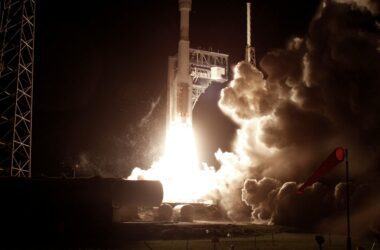
Les scientifiques ont utilisé des outils de recherche génétique similaires à ceux utilisés dans la recherche généalogique pour évaluer la diversité de la vie marine au large de la côte californienne.
Des scientifiques annoncent un diagnostic régional complet de la vie microbienne océanique à l’aide de tests ADN.
Les méthodes de “métabarcodage” à grande échelle pourraient révolutionner la façon dont la société comprend les forces qui déterminent l’approvisionnement en fruits de mer et la capacité de la planète à éliminer les gaz à effet de serre.
Des chercheurs de la Scripps Institution of Oceanography de l’Université de Californie à San Diego, du J. Craig Venter Institute (JCVI) et de la National Oceanic and Atmospheric Administration (NOAA) ont évalué la diversité de la vie marine au large de la côte californienne à l’aide d’outils de recherche génétique similaires à ceux utilisés dans la recherche généalogique.
Le résultat final est une technique révolutionnaire que les scientifiques pourront utiliser pour diagnostiquer les conditions à la base de la chaîne alimentaire océanique qui ont un impact sur l’abondance des poissons de valeur économique ou qui provoquent des proliférations d’algues toxiques. Les chercheurs pourront également utiliser ce que l’on appelle les DNA (eDNA), derived from information acquired by a method known as “metabarcoding,” to assess how effectively the oceans can protect the planet from the effects of climate change.
The team reports on the findings today (May 4, 2022) in the journal Nature Communications. The work was funded by the National Science Foundation (through the California Current Ecosystem Long-Term Ecological Research project), NOAA, and the Gordon and Betty Moore Foundation.
“It’s the ecological sampling method of the future,” said study first author Chase James, a graduate student at Scripps Oceanography and JCVI researcher. “This study represents the first deployment of this approach within a long-term ecological sampling context. It reveals what you can see when all this hidden diversity is finally shown.”

Dinoflagellates collected during National Science Foundation (NSF) Long-term Ecological Research cruise, 2021. Credit: Andrew Allen
The new way of assessing ocean microbiomes – collections of microscopic plants, animals, and other organisms living in given habitats – vastly improves scientists’ ability to perform diagnostics on the oceans. In the case of this study, researchers were able to use genetic information to identify the most important factor governing how many organisms are in the ocean in surface waters off the California coast and where they are distributed. They found that nutrient supply shapes the profile of microbial life in the California Current even more than temperature. This conclusion is one that could not have been reached using traditional means.
James likened the process to scanning the barcodes of all the products in a grocery store to obtain an inventory of them. James’ advisor Andrew Allen launched the effort, titled the NOAA CalCOFI Ocean Genomics Project (NCOG), in 2014, starting with water samples gathered during cruises of the iconic CalCOFI surveys, a quarterly program that Scripps has co-managed since 1949. The samples collected in two-liter bottles were filtered, and the filters were frozen and brought back to the lab. The scientists then profiled all DNA they found in those samples in the manner that commercial DNA testing companies identify people’s genetic profiles, identifying all the microorganisms in the samples. They also estimated how many specimens of all the identified species were in the sample.
The method is an improvement upon traditional techniques such as light microscopy, which capture sentinel species commonly found in seawater or on bulk indicator measurements such as how much chlorophyll is in the water. In comparison to metabarcoding, those methods just give broad strokes-level information of what life lives where. Metabarcoding allows for more precise identification of species and the acquisition of more data with the same effort.
CalCOFI was created just after World War II to help officials and the fishing industry understand what caused the sudden collapse of sardine populations off the West Coast. The program conducts quarterly cruises at an array of stations off the coast. There, scientists repeat a suite of physical and biogeochemical measurements revealing ecological conditions. From the surveys, scientists have collected a history of the marine environment unequaled in the world.
“It’s interesting that 70 years ago, CalCOFI couldn’t have even imagined that you could sample two liters of seawater and get comprehensive data on the marine microbial community,” said James, “but a major future goal of this study is to achieve the initial goals that CalCOFI set out to accomplish, which is to understand the processes that drive the success and failure of our regional fisheries. This cutting-edge research may be used to answer 70-year-old questions.”
Reference: “Influence of nutrient supply on plankton microbiome biodiversity and distribution in a coastal upwelling region” by Chase C. James, Andrew D. Barton, Lisa Zeigler Allen, Robert H. Lampe, Ariel Rabines, Anne Schulberg, Hong Zheng, Ralf Goericke, Kelly D. Goodwin and Andrew E. Allen, 4 May 2022, Nature Communications.
DOI: 10.1038/s41467-022-30139-4
Study co-authors include Lisa Zeigler Allen, Robert Lampe, Ariel Rabines, Anne Schulberg, and Andrew Allen, who have joint appointments at Scripps Oceanography and JCVI; Andrew Barton, who has joint appointments at Scripps Oceanography and UC San Diego’s Division of Biological Sciences; Hong Zheng of JCVI; Ralf Goericke of Scripps Oceanography; and Kelly Goodwin of NOAA’s Atlantic Oceanographic and Meteorological Laboratory and Southwest Fisheries Science Center.
Funding: National Science Foundation, National Oceanic and Atmospheric Administration, Gordon and Betty Moore Foundation



